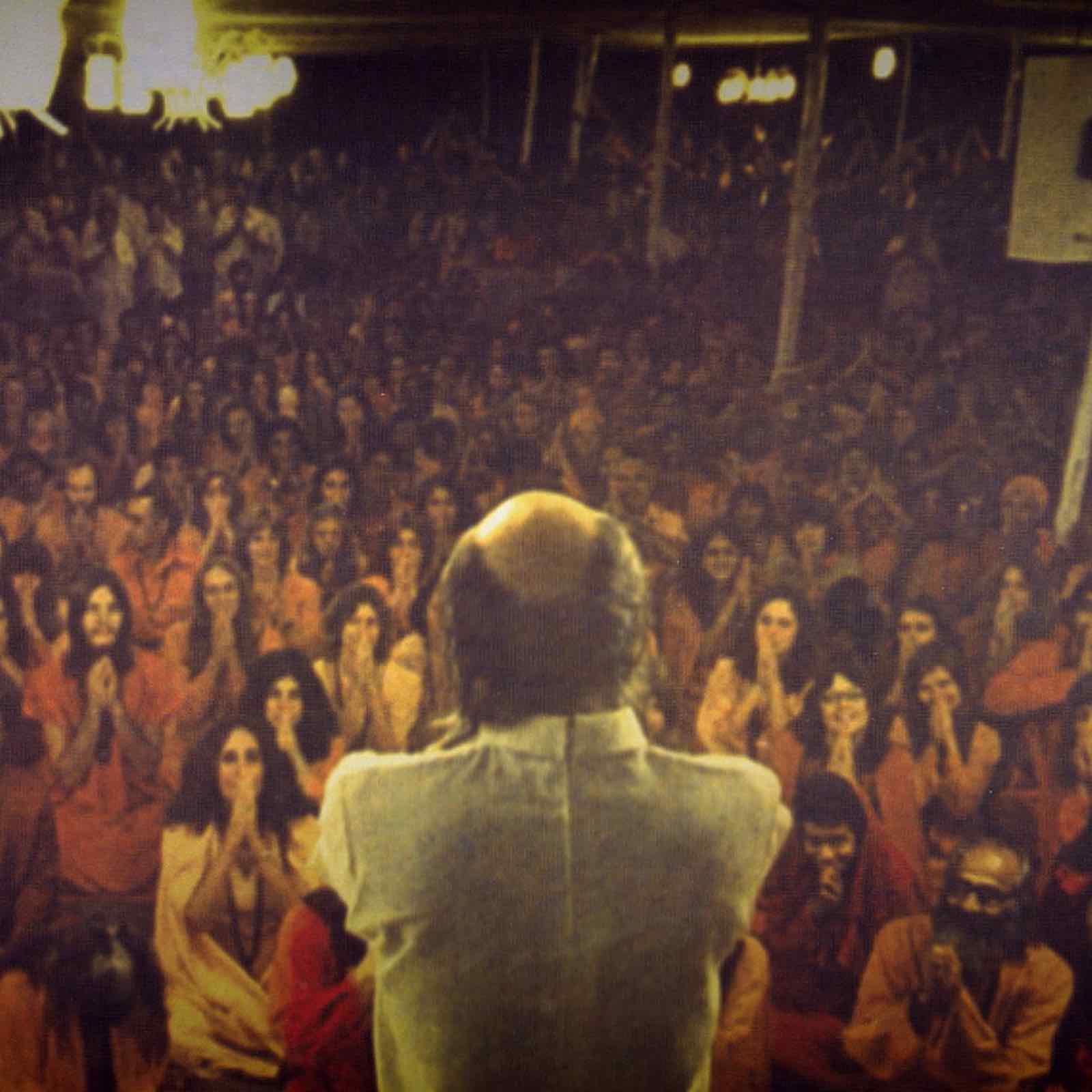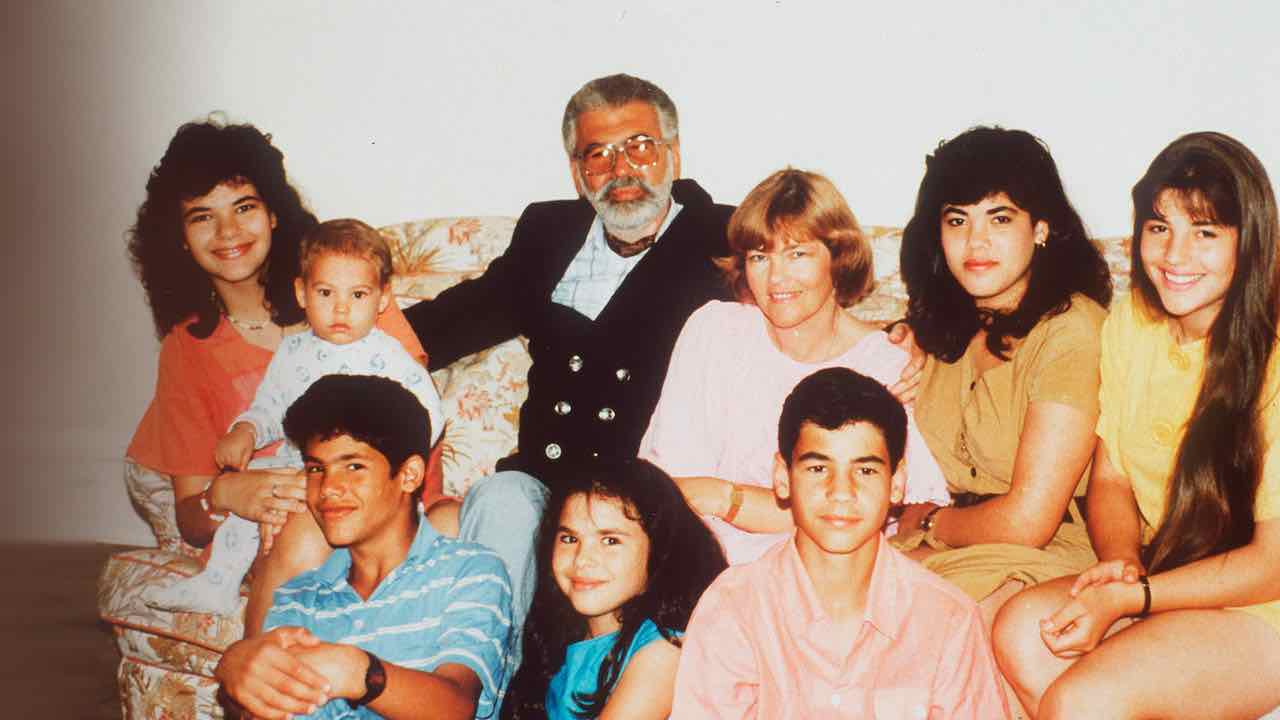
Sex cult of the Upper West Side: All the most salacious details
Are you sick of your kids? Do you tire of the traditional family? Do you enjoy having your future sexual exploits displayed on a communal sex board? If so, the Sullivanian sex cult would’ve been the group for you.
From the late 1950s to the early 1990s the Sullivanians took part in communal living, but it isn’t what you’d typically picture when you think the word “commune.” The Sullivanians occupied three buildings in the Upper West Side, and they weren’t focused on sustainable living. The Sullivanians believed in the suspension of the traditional family unit. They were interested in providing an alternative to the nuclear family.
Like most cults, things got a little crazy in the end. Former sex cult members look back on their experience with a mix of regret, embarrassment, and nostalgia. Some wish it would reconvene because they look at life as a Sullivanian as the golden years. Others think the same type of group is bound to form again, if not already, since they still agree with some of the sex cult’s main tenets.

Sex cult: “the beginning of the end”
Kaethe Cherney was the sister of two former Sullivanians. Her brother, Chris, and sister, Mary, joined the Sullivanians and this had a big impact on their relationship. As the brainwashing they underwent dissolved the importance of family ties in her siblings’ minds, their relationship grew strained. Although both siblings eventually left the Sullinvanians, Mary explained to the New York Post, “Families were seen as oppressive.”
Cherney described the sex cult as “the beginning of the end [of the family].” This was true of the state of her own family but also of the concept of family in general. While this might have been a clear con for Cherney, the sex cult’s founder would’ve said that destroying the traditional family was exactly his intention.
After fighting in the Spanish Civil War and being drafted into World War II, Saul Bernard Cohen was ready to figure out how to bring about harmony by studying the human brain. Cohen delved into psychotherapy. He later changed his name to Newton, and went on to open the Sullivan Institute for Research in Psychoanalysis with his wife, Dr. Jane Pearce, in 1957.
Both Pearce and Newton had worked at William Alanson White Institute for a time but they both decided to leave a couple of years after their mentor, Harry Stack Sullivan, died. It was after this psychiatrist that their institute was named, although some claim that the Sullivanians carried out a distorted version of his teachings.

Main tenets of the Sullivanian sex cult
Newton and Pearce reined a lot of people into their sex cult via their therapy sessions. Former Sullivanian, Paul Sprecher, was a recent Harvard graduate in search of roommates when he joined the sex cult. He described stumbling upon the Sullivanians as a fortunate encounter.
“I found this group and it just so happened that all of them were in Sullivanian therapy,” says Sprecher. “. . . We created a living context like a tiny village that was mostly cut off from the world. The bizarre thing, of course, is that you’re in the middle of New York City, but the dynamics of control and so on are like a village.”
Newton and Pearce’s institute had essentially become a psychotherapy-based polyamorous commune. They taught members that the nuclear family was the source of all social anxiety and that if they cast off the burdens of unnecessary attachments, all would be much better off. Within weeks of receiving psychotherapy from the Sullivan Institute, people would cut off ties to their families and move into the building.

Sprecher commented on how there weren’t really professional boundaries between therapist and patient since they would often sleep with each other as if it were nothing. The Sullivan Institute encouraged loose sexual relations but discouraged attachments to any particular partners. “Everyone slept with everyone,” said Sprecher. It just made sense that as their ideology spread the number of buildings they co-occupied increased.
Despite what you might expect from a sex cult, living arrangements were separated by sex in order to discourage members from forming permanent attachments. Members would post who their next sexual partner would be on a communal board for everyone to see. Arguably, the most shocking aspect of the sex cult hardly had anything to do with sex: any children born in the group were separated from their parents very quickly.

The downfall of the Sullivanians
As you can see, the institute’s ideology of detachment extended to parental relationships as well, so when anyone had children their babies were given to caretakers. Then when children came of age they were shipped off to boarding school.
Strict enforcement of Sullivanian-style child-rearing became part of the sex cult’s downfall. Angry parents who rarely saw their children filed custody lawsuits and the commune began receiving negative attention. In the mid-70s when Dr. Pearce left and Newton’s second wife joined, there was a noticeable shift in attitude. The group’s leadership became more authoritarian.

Newton even led members on a rampage to destroy the sets and property of a theatre company whose building they had signed a lease to occupy. The theatre company had refused to vacate so the Sullivanians forced their way into taking over the space. When police arrived, they barricaded the doors. Newton was said to have enjoyed that type of confrontation.
Leadership became more and more unbalanced and paranoid as Newton was thought to have been falling into dementia. Metal bunkers were made to avoid supposed FBI interference in private films, and eventually Newton led the group on a bogus relocation trip to Orlando, Florida because he thought Manhattan was on its way to destruction after the partial nuclear meltdown on Three Mile Island.
The group had grown to almost 500 people, but at that point, membership began to taper off. When Newton died in 1991 the psychotherapy sex cult began to disperse for good. Former members now keep in contact on Facebook and are said to have split into two groups: one that criticizes their time as Sullivinians and one that revels in it.
—
There are no Sullivanian documentaries except for a Youtube short entitled “Crazy Psychotherapy Cult-The Sullivanians”. If you’re looking for more info on other interesting cults though, check out the documentary Children of God on Netflix.
If you’re obsessed with the most insane true crime stories, sign up for our newsletter. We promise to only send you the most relevant content to your inbox.







